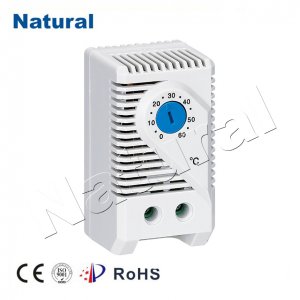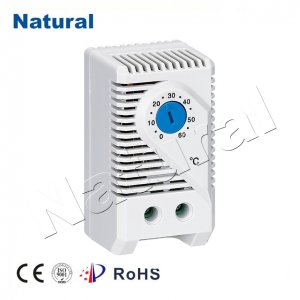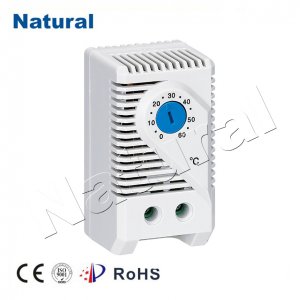A cabinet thermostat may seem like a small and often overlooked device, but it plays a crucial role in maintaining the optimal environment for equipment and systems housed within a cabinet. Whether it’s an industrial server, sensitive electronics, or even a collection of tools, the temperature inside the cabinet directly influences the longevity and performance of the contents. In this article, we will explore what a cabinet thermostat is, how it works, its importance in various industries, and how you can choose the best one for your needs.

What is a Cabinet Thermostat?

A cabinet thermostat is a temperature control device installed within enclosures or cabinets to regulate the internal temperature. It is designed to activate or deactivate a heating or cooling system when the temperature reaches a certain preset threshold. Essentially, it ensures that the temperature inside the cabinet stays within a safe operating range, protecting sensitive components from the risks of overheating or extreme cold. These thermostats are typically used in cabinets that house equipment like electrical systems, electronic devices, machinery, and even food storage. They are available in both digital and mechanical forms, with digital models offering more precise control and often integrating with smart systems for remote monitoring.
